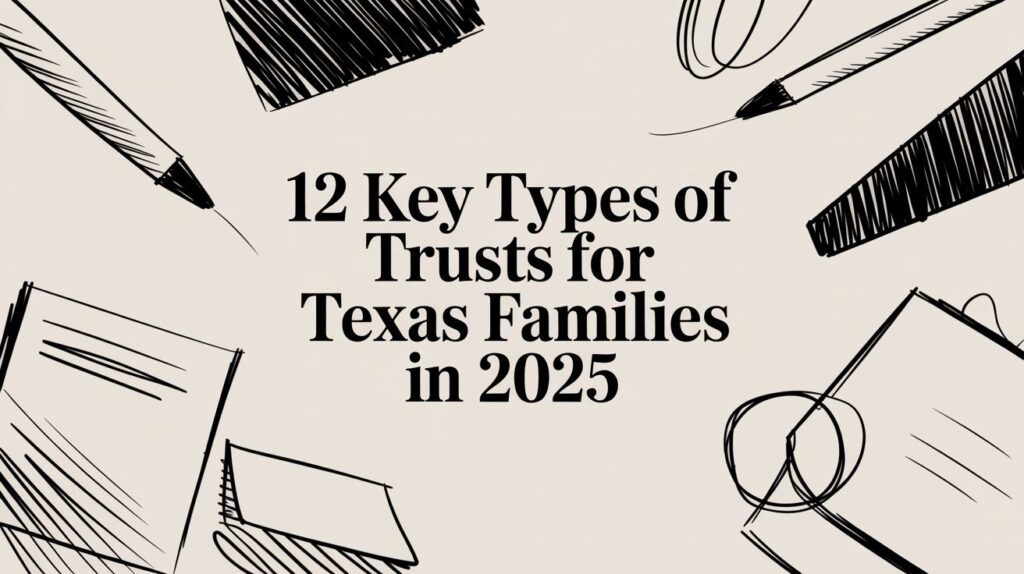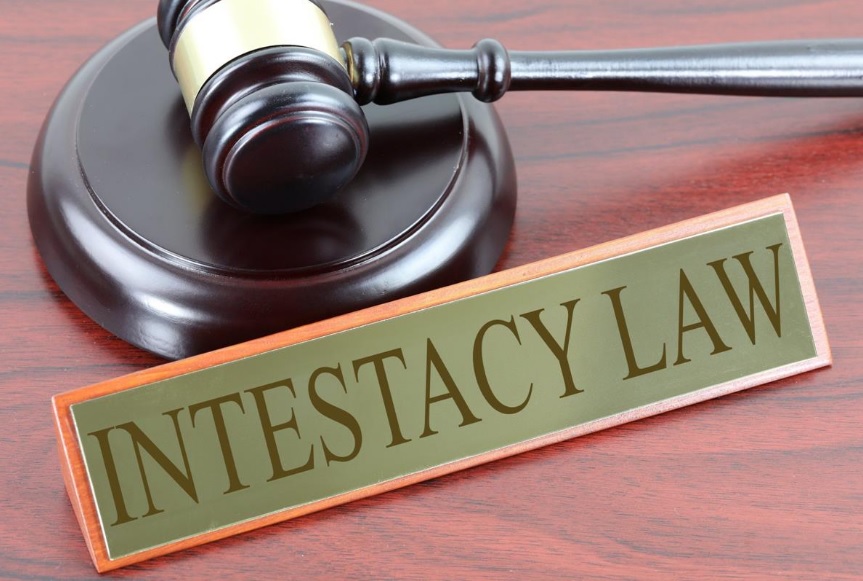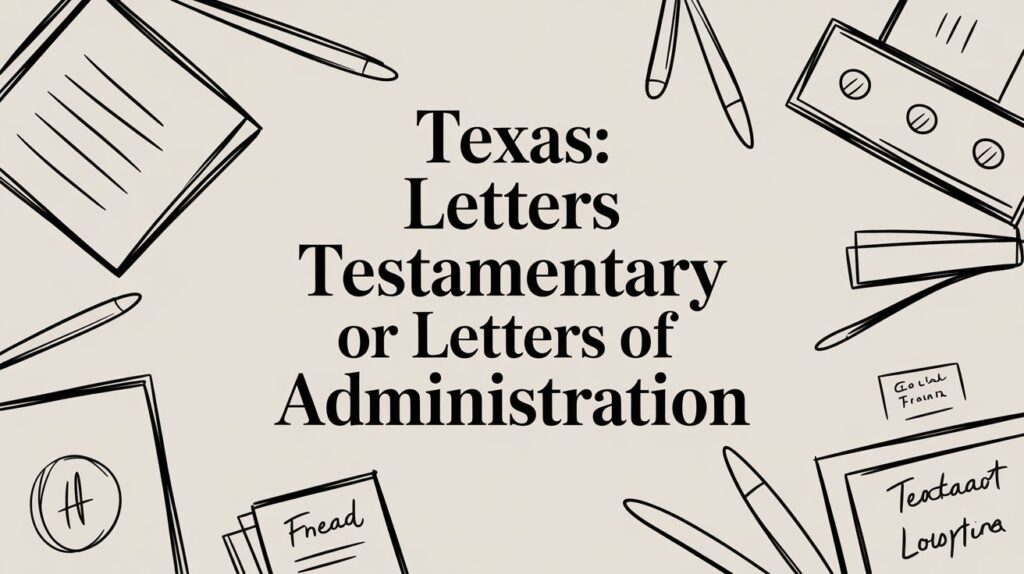Texas, known for its rugged terrain, sprawling ranches, and rich cultural legacy, has long held a deep connection to land ownership. For many Texans, the land is more than a commodity—a family legacy passed down through generations. However, inheriting land often presents challenges, particularly when the property must go through probate. Navigating Texas probate laws can be daunting, and heirs often face financial, legal, and emotional hurdles. Amid these challenges, conservation easements have emerged as a vital tool to protect and preserve inherited land.
A conservation easement allows landowners to safeguard their property’s environmental, agricultural, and cultural significance, ensuring it remains intact for generations to come. This article provides a deep dive into the intricacies of Texas probate and conservation easements. It highlights how they intersect and offers practical insights for landowners and heirs seeking to preserve their legacy.
Understanding Probate in Texas
What is Probate?

Probate is a legal process required to settle the estate of a deceased individual. It ensures that the deceased’s assets, including land, are distributed according to their wishes (if a valid will exists) or as per Texas laws of intestate succession (if no will exists). For landowners in Texas, probate is especially significant due to the complexity of managing real property and the potential for disputes among heirs.
Key Objectives of Probate
- Validating the Will: If the deceased left a will, the probate court verifies its authenticity.
- Identifying Heirs: For intestate estates, the court determines legal heirs based on Texas’ inheritance laws.
- Paying Debts and Taxes: Outstanding debts, including property taxes, must be settled before distributing the estate.
- Transferring Assets: The court oversees the transfer of assets to heirs or beneficiaries.
Why Probate Is Necessary for Landowners
Real property, such as land, cannot typically be transferred to heirs without probate. Even in cases where the land is held in joint tenancy or other shared arrangements, probate may be required to clear title issues or resolve disputes.
Types of Probate Proceedings in Texas
1. Independent Administration
- Efficiency: Requires minimal court oversight, allowing the executor to act with relative autonomy.
- Best for Estates with Wills: Particularly suited for estates where the will specifies independent administration and there is no significant conflict among heirs.
2. Dependent Administration
- Court-Supervised: The executor must seek court approval for nearly all actions, including property sales and asset distribution.
- Appropriate for Complex Cases: Typically used when disputes arise or if no will exists.
3. Muniment of Title

- Streamlined Process: Used for estates with a valid will and no debts, except for mortgages.
- Land Transfer: The court validates the will, and property passes directly to the heirs or beneficiaries without the need for a formal executor.
4. Small Estate Affidavit
- Limited Application: Designed for estates valued at $75,000 or less, excluding real property unless it is homestead property.
5. Heirship Proceedings
- For Intestate Estates: Establishes the legal heirs when no will exists. This can be particularly complex when dealing with large tracts of land with multiple potential heirs.
Challenges in Managing Inherited Land
Inheriting land can be both a privilege and a burden. While the land may hold sentimental value, it often comes with significant legal and financial responsibilities.
1. Multiple Heirs and Ownership Disputes
- Fractional Ownership: When land is inherited by multiple heirs, each has an undivided interest in the entire property, making decisions about its use or sale complicated.
- Partition Lawsuits: If heirs cannot agree, one or more may file a partition action, leading to forced division or sale of the property.
2. Financial Burdens
- Taxes: Inherited land may carry hefty property taxes, especially in rapidly developing areas.
- Maintenance Costs: Upkeep for large properties, such as ranches or farmland, can be significant.
- Legal Fees: Probate and potential disputes can rack up legal costs, reducing the estate’s value.
3. Development Pressures
- Urban Encroachment: In areas near cities, inherited land is often targeted for residential or commercial development, which may conflict with the family’s desire to retain it.
- Environmental Degradation: Without proactive measures, inherited land can be degraded by overuse or neglect.
4. Emotional Strain
- Family Conflicts: Disagreements among heirs can strain familial relationships.
- Legacy Concerns: Heirs may feel torn between financial necessity and preserving the land’s legacy.
Conservation Easements: A Tool for Land Preservation

What Is a Conservation Easement?
A conservation easement is a legal agreement between a landowner and a qualified organization, such as a land trust or government agency, that permanently restricts certain uses of the land to protect its conservation values. Unlike outright donation or sale, conservation easements allow the landowner to retain ownership while limiting development and certain types of land use.
How Do Conservation Easements Work?
- Voluntary Agreements: Landowners negotiate the terms, ensuring the easement aligns with their goals.
- Permanent Protections: Once established, the easement runs with the land, binding future owners.
- Monitoring and Enforcement: The easement holder is responsible for ensuring compliance.
Benefits of Conservation Easements for Inherited Land
1. Financial Incentives
- Federal Tax Deductions: Easements donated for conservation purposes may qualify as charitable contributions, reducing taxable income.
- Estate Tax Reductions: The reduced appraised value of land under an easement can lower estate taxes.
- Property Tax Benefits: In Texas, land under an easement often qualifies for agricultural or open-space valuation, significantly reducing property taxes.
2. Legacy Preservation
- Cultural Heritage: Easements can protect historic sites, ranches, or farmland that reflect the family’s legacy.
- Environmental Stewardship: By preventing overdevelopment, easements preserve natural habitats, water resources, and scenic beauty.
3. Conflict Mitigation
- Clear Guidelines: Easements establish clear rules for land use, reducing disputes among heirs.
- Unified Vision: Families can collectively agree on preserving the land, fostering unity.
Case Studies
Case 1: Ranchland in the Hill Country
A family in Central Texas inherited a 1,000-acre ranch. Facing mounting estate taxes and development pressures, they worked with a local land trust to establish a conservation easement. The easement reduced the estate’s taxable value, provided significant income tax deductions, and ensured the ranch would remain a working agricultural property.
Case 2: Wetland Preservation in East Texas
An heir to a 500-acre tract of wetlands near Houston faced pressure to sell the land for industrial use. By donating a conservation easement, the family protected critical wildlife habitat and received substantial tax benefits, allowing them to retain ownership.
Integrating Conservation Easements into Estate Planning
Early Planning Strategies
Proactively incorporating conservation easements into estate plans can streamline probate and provide clarity for heirs. Key steps include:
- Engaging Professionals: Consult with attorneys, tax advisors, and conservation specialists.
- Educating Heirs: Ensure all heirs understand the purpose and benefits of the easement.
- Aligning Goals: Tailor the easement terms to meet the family’s conservation and financial objectives.
Combining Tools for Comprehensive Protection
- Trusts: Placing land in a trust with conservation easement terms can simplify management and reduce estate taxes.
- Limited Liability Companies (LLCs): An LLC can facilitate shared ownership and decision-making among heirs.
- Buy-Sell Agreements: These agreements allow heirs to buy out co-owners, preventing forced sales.
Challenges and Considerations
Potential Drawbacks of Easements
- Loss of Flexibility: Development and some land uses are permanently restricted.
- Cost of Establishment: Legal fees, appraisals, and monitoring costs can add up.
- Ongoing Obligations: Easement holders must regularly monitor the land, which may involve interactions with landowners.
Finding the Right Partner
Choosing a reputable land trust or agency is essential. Look for organizations with a track record of successful easement management and strong community ties.
Preserving Inherited Texas Land: Conservation Easement Case Studies
Texas probate laws and conservation easements together offer a powerful framework for protecting inherited land. By navigating probate effectively and leveraging conservation easements, families can preserve their legacy, reduce financial burdens, and contribute to environmental sustainability. Planning early, engaging with experts, and fostering collaboration among heirs are critical steps to ensuring long-term success.
For families facing the complexities of inherited land, conservation easements provide a pathway to honor the past while safeguarding the land for future generations. In doing so, they uphold Texas’ cherished tradition of stewardship and respect for its iconic landscapes.








